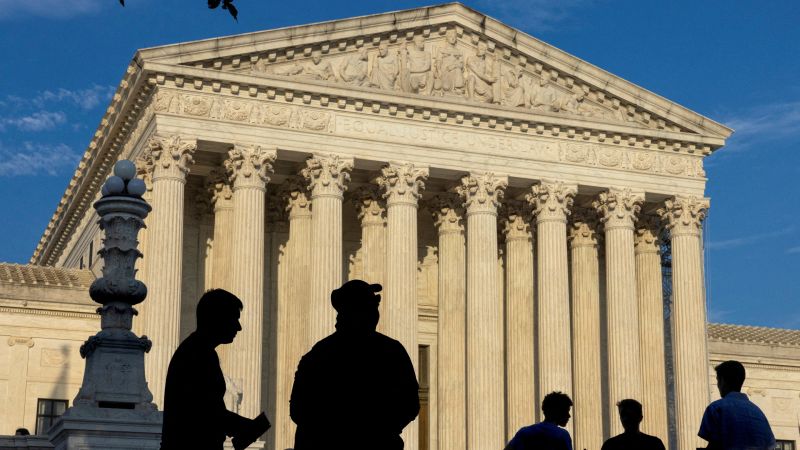In a groundbreaking Supreme Court ruling released Friday, power has shifted from the executive branch to the judiciary, potentially changing the landscape of federal government operations. The conservative majority on the court overturned a 1984 precedent, making numerous regulations vulnerable to legal challenges. This ruling puts at risk various executive branch initiatives, including plans for Wi-Fi on school buses, bans on noncompete clauses, health care coverage regulations under Obamacare, and efforts to forgive student loan debt. The decision also opens the door for conservatives to challenge rules from the Biden Environmental Protection Agency aimed at limiting pollution from vehicles, oil and gas wells, pipelines, and power plants.
Following the case of Chevron v. Natural Resources Defense Council, the so-called Chevron doctrine that courts must defer to an agency’s interpretation of vaguely written statutes has long been a staple of administrative law. Chief Justice John Roberts, writing for a divided 6-3 court, declared that courts should now exercise independent judgment in assessing agency actions. In a case this term involving regulations on environmental monitors for fishermen, the court delivered the final blow to the Chevron doctrine, introducing legal uncertainty across regulations spanning technology, labor, the environment, and health care.
As a result of the ruling, agencies responsible for consumer protection, workplace regulations, and health care policies may face heightened scrutiny and challenges. Regulations affecting consumer reporting, bank fees, credit decisions, and protection from fraud could face legal battles that ultimately hurt consumers. Workplace issues such as overtime pay, benefits, retirement plans, and minimum wage may also be contested more aggressively. Additionally, regulations from federal agencies overseeing labor law, employment practices, and health care could face increased scrutiny and potential legal challenges.
The decision could have far-reaching consequences, affecting not only specific regulations but also the ability of agencies to interpret and enforce laws that impact millions of Americans. With the Chevron doctrine no longer serving as a shield for regulatory action, agencies must now defend their decisions in court without the previous deference afforded to them. This ruling has the potential to reshape the regulatory landscape and may embolden aggressive challenges to a wide range of government actions.











